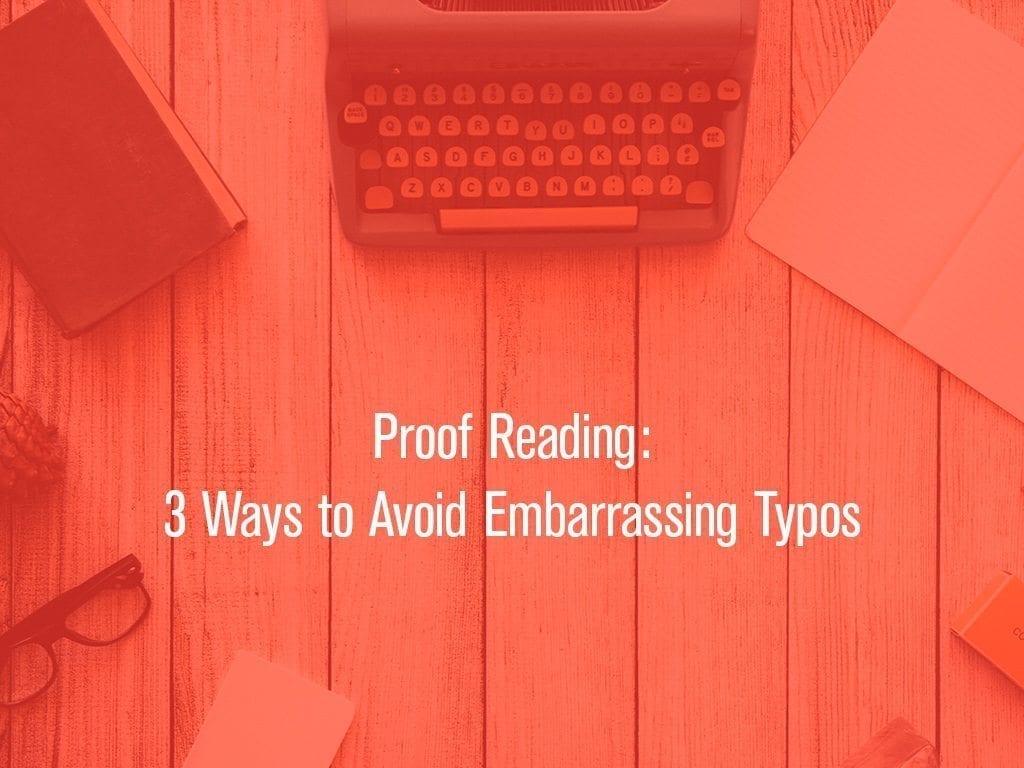“Smile at someone who is hard to love. Say ‘Hell’ to someone who doesn’t care much about you.”*
Did I read that right?
“There is joy in heaven over one singer who repents.”*
Say what?
As funny as they can be, typos can be a real challenge. They distract from the message we are trying to convey and can ruin the context completely.
But proof reading has its limits. We’re human and sometimes typos get missed.
Fortunately, there are a few things you can do to reduce the possibility.
That is our topic on today’s #AskRADIdeas. It comes from a Facebook post I saw in the Church Communications group which stated the following.
Proof reading fail: new bulletin just back from the printer. One letter is missing!! 15 people probably looked at this before it went out!!
There are 3 ways you can avoid embarrassing typos and improve your proof reading
1) Read Backwards (or even upside down)
Our brain naturally associates letters into groups. Looking at the first and last letters, often filling in the middle content.
If the first and last letter of a word is correct, we have a tendency to miss interior letters that are wrong, because we didn’t even look at them.
By reading backwards (or upside down) we force our brain to think through the letters one at a time. It takes time, and some practice, but it will amaze you what typos you find by doing this.
2) Send the text to someone outside your organization
When we work on a project, especially if we’ve written the text copy for it, we can lose our perspective. Not because we don’t understand, but because we are so close to the project we don’t see typos and contextual issues in it.
By sending it to someone who hasn’t spent time working on it, they can catch proof reading issues we might gloss over. Additionally, if there is something we’ve left unclear, they can bring it to our attention before it’s published.
3) Make friends with a teacher
This is closely related to number 2, but can have an additional twist. Teachers have learned to slow down and read for content and context. They will notice punctuation errors, swapped words (their and there) and other grammatical issues.
By making friends with a couple teachers you can dramatically impact the quality of your text. And, reduce the likelihood of a proof reading error.
*Bulletin bloopers courtesy of ‘Did You Read That?’Bulletin Bloopers & Church Funnies by Derric Johnson, Thomas Nelson Publishers, Copyright 2000
